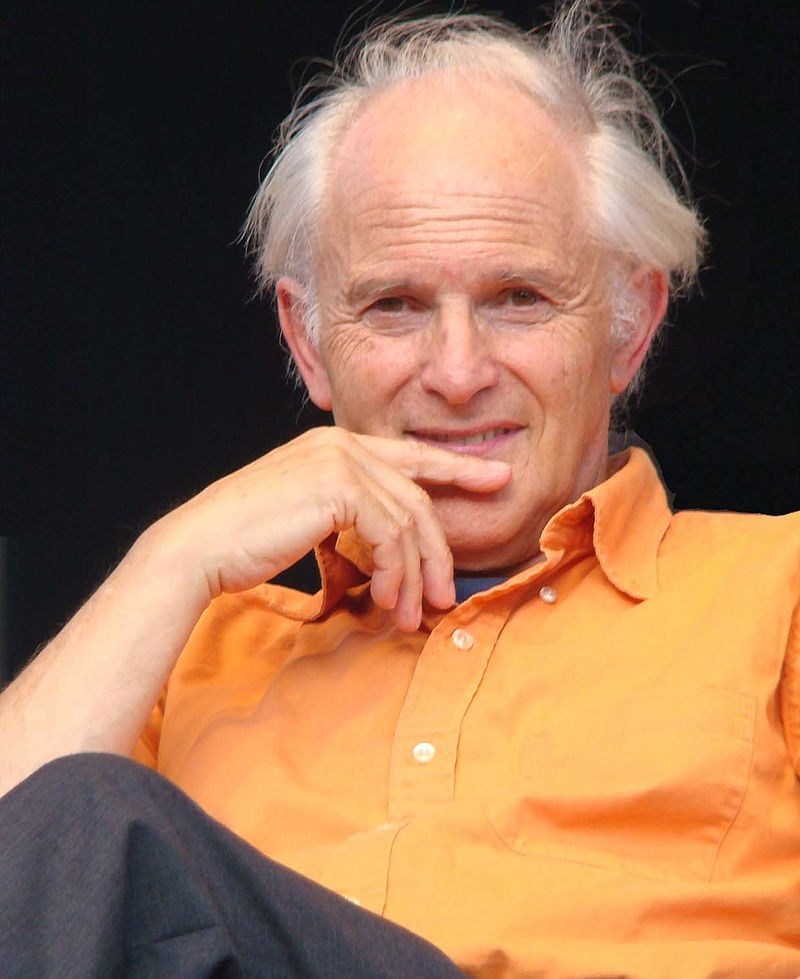On this date in 1939, chemist Harold Walter “Harry” Kroto (né Krotoschiner) was born in Wisbech, Cambridgeshire, England. His parents were both German but had to leave Berlin in 1937 because his father was Jewish. Kroto attended Sheffield University to study chemistry, graduating with honors in 1961 and receiving his Ph.D. in 1964. He did postdoctoral research at the National Research Council in Canada and Bell Laboratories in the U.S.
He returned to England in 1967 to teach at the University of Sussex and research carbon chains in interstellar space. Aware of the laser spectroscopy work being done by Richard Smalley and Robert Curl at Rice University in Texas, Kroto contacted them and suggested they use the Rice apparatus to simulate the carbon chemistry that occurs in the atmosphere of a carbon star. The experiment supported their theory and revealed an unexpected result, the existence of a new molecule, the C60 species, aka buckminsterfullerene (buckyballs). The discovery earned Curl, Kroto and Smalley the shared Nobel Prize in Chemistry in 1996. “Sir” soon preceded his name when he was knighted that year.
In 2004 he joined the faculty at Florida State University as a professor of chemistry, where he continued his work on carbon and spearheaded the development of GEOSET (Global Educational Outreach for Science, Engineering and Technology). GEOSET is a growing online cache of video teaching modules that are available for free.
In 1963 he married Margaret Henrietta Hunter, also a student of the University of Sheffield. They had two sons, Stephen and David. A humanist and professed atheist, he once joked, “The only mistake Bernie Madoff made was to promise returns in this life.” (According to A.C. Grayling in The Guardian, July 1, 2009)
He died at age 76 in Lewes, East Sussex, from complications of amyotrophic lateral sclerosis. (D. 2016)
PHOTO: By Pd1000 under CC 3.0.


